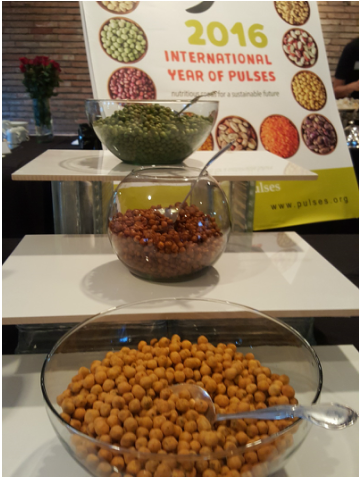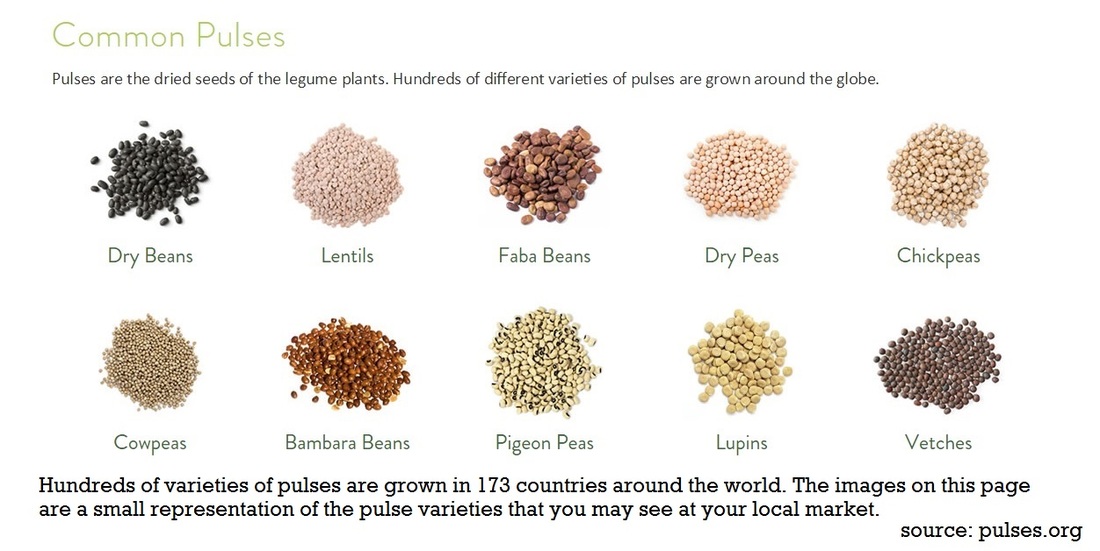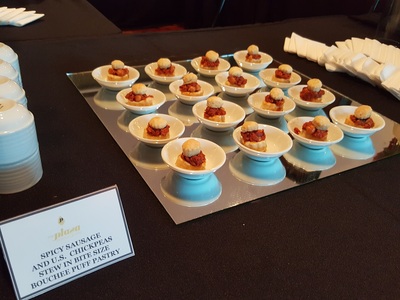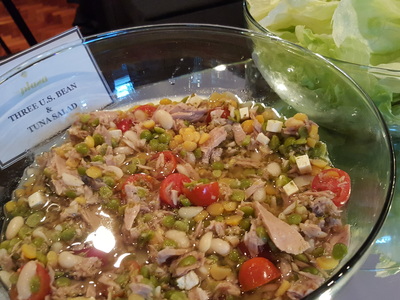 Its imperative we check on our pulses from time to time. Health reasons or be it this coming 2016 election, its apparent a man needs a regular safety check to a healthy life and so on. Politics & Farming Since its campaign period and few days left for Philippine's Presidential 2016 Election, let me veer the topic to an unfamiliar terrain and at the same time influential to our country's structure of government . Abraham Lincoln, 16th President of the United States of America born and grew in Knob Creek Kentucky. His family settled and successfully cultivated a 160-acre farm in Indiana. To date, Lincoln’s birthplace has been preserved as a National Park’s Service as part of the country's historic site.  Harry S, Truman, 33rd President of United States of America. The President's people farmed for 11 years at a 600-acres farm land in Missouri, With his humble beginning and a well-rounded upbringing, he was able to continue and provide for his family after his father's demise.  James Earl 'Jimmy' Carter Jr. He practically took charge of the farm at the age of 29. Who would have thought that the peanut farmer of Plains, Georgia would be governor, two-term State Senator, Nobel Peace Prize awardee, and eventually the 39th President of the United States of America.  2nd Look at PULSES The Higher purpose of this article is to highlight on the significance of PULSES on a larger scale. as per pulses.org, These are edible seeds of plants in the legume family. Pulses grow in pods and come in a variety of shapes, sizes and colors. The United Nations Food and Agriculture Organization (FAO) recognizes 11 types of pulses: dry beans, dry broad beans, dry peas, chickpeas, cow peas, pigeon peas, lentils, Bambara beans, vetches, lupins and pulses nes (not elsewhere specified – minor pulses that don’t fall into one of the other categories). Pulses are annual crops that yield between one and 12 grains or seeds. The term “pulses” is limited to crops harvested solely as dry grains, which differentiates them from other vegetable crops that are harvested while still green. Between 2010 and 2013, 173 different countries grew and exported pulses. Pulses are healthy, nutritious and easy to cook with. Growing pulses also promotes sustainable agriculture, as pulse crops help decrease greenhouse gases, increase soil health, and use less water than other crops. Pulses provide important nutrients and are recommended as part of a healthy diet Most national dietary guidelines recommend pulses as part of a healthy diet. Studies have shown that people who eat at least ½ cup of pulses per day have higher intakes of fiber, protein, calcium, potassium, folate, zinc, iron, and magnesium as well as lower intakes of total and saturated fat. Pulses are an important plant-based source of protein Many diets around the world rely on pulses as a source of protein. The amount of protein in beans, lentils, chickpeas and peas is 2-3 times the levels found in cereal grains like wheat, rice, quinoa, oats, barley, and corn. For example, eating just ½ cup of lentils provides the same amount of protein as 1 cup of quinoa or 2 cups of rice or corn. Compared to animal and many other plant-based sources of protein, pulses are a more affordable and sustainable protein source. All proteins are created from twenty different amino acid building blocks. Nine of these amino acids cannot be produced by the body and are called “essential” because they must come from foods we eat. Most plant proteins lack at least one essential amino acid. However, when two or more plant-based sources of protein are combined, each food can provide the essential amino acid(s) that the complementary food(s) is missing. Eating protein from a variety of sources, from both plant and animal sources, ensures the body receives all of the essential amino acids necessary for good health. Pulses are an excellent source of dietary fiber and other complex carbohydrates One cup of cooked pulses gives you more than half the amount of fiber you need for the entire day. Pulses also contain both soluble and insoluble fibre. Soluble fibre can help manage body weight, blood sugar levels and lower cholesterol. Insoluble fibre on the other hand, assists with digestion and regularity. Pulses also contain resistant starch, a type of carbohydrate that behaves like fibre in the body; and has been shown have similar health benefits such as reduced circulating cholesterol and blood sugar levels as well as improved gut health. For more info about puses, please visit pulses,org  Launch Verbatim was able to take part on the said event last April 2016 at the US Ambassador's Residence. Ambassador of United States of America to the Philippines Peter Goldberg and his staff, warmly welcomed media friends and guests on the said occasion. He zeroed in on the health benefits, the agricultural side that favors both the farming industry and its consumers. To add up, He also made mention the countries involved in exporting and importing Pulses and how these countries benefited from the trade. Pulses to many are just "panghimagas" (sort of a dessert) in the Philippines. To poke the minds of Launch Verbatim's readers, took some enticing photos of the said event. Now is the perfect time to maximize Pulses' potential to the fullest. Cost efficient yet tasty and full of bodies needed nutrients. Kudos to Ambassador Phlip Goldberg and his staff as they embark on an endeavor on disseminating information and creatively share on how to embrace one of the best Superfoods that most of the world's civilization tend to neglect.
0 Comments
Leave a Reply. |
Archives
December 2021
Categories
All
|











 RSS Feed
RSS Feed
